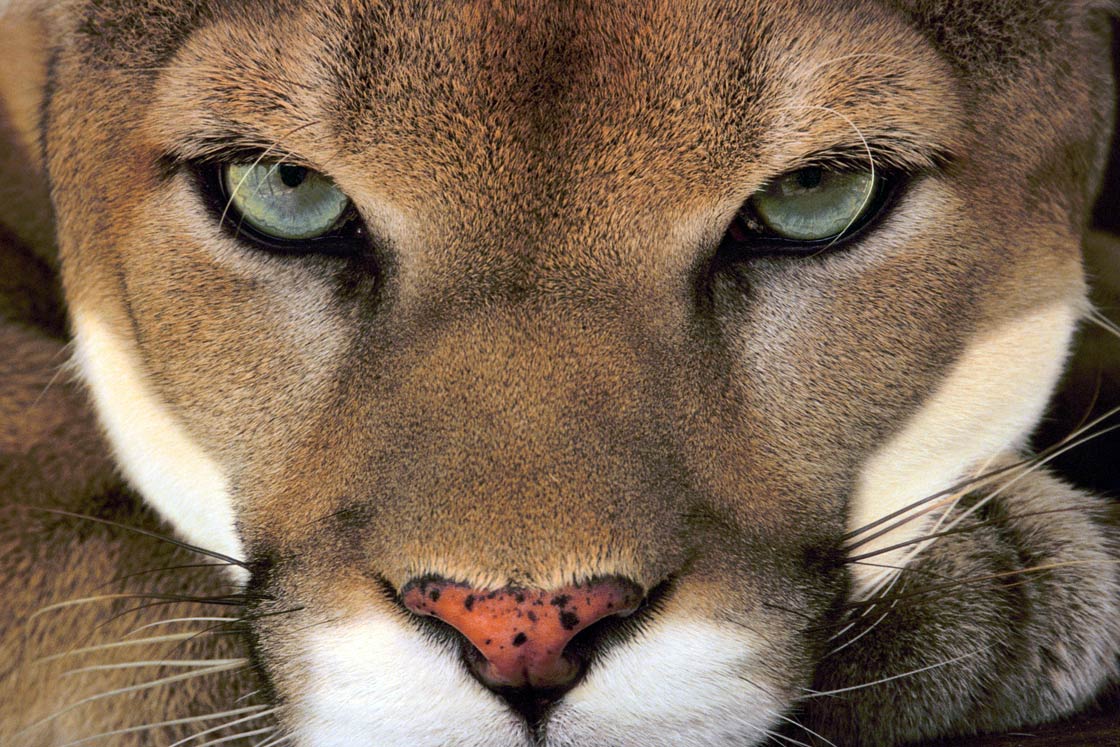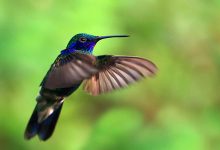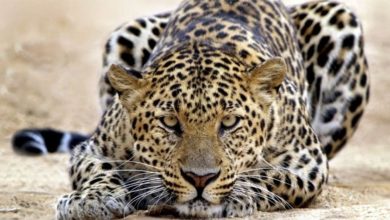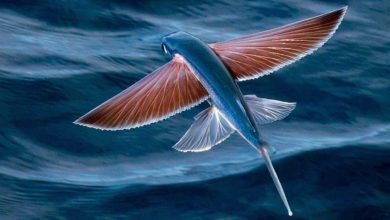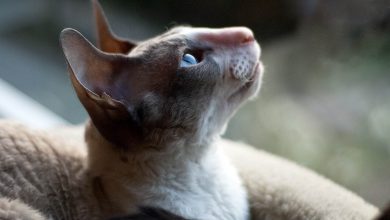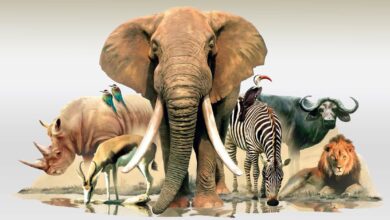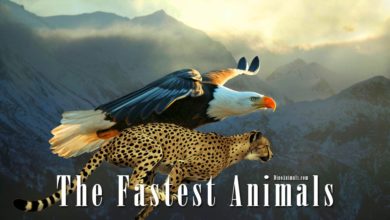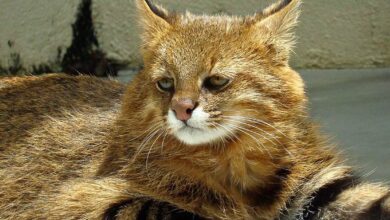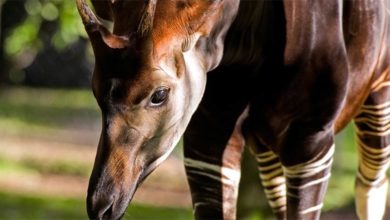Cougar (Puma concolor)
The cougar, also known as the puma, mountain lion, or panther, is a master of stealth and power. These majestic felines are the largest of the small cat species and are found throughout the Americas, from the Canadian Yukon to the southern tip of Chile. Despite their wide range, cougars are elusive creatures, known for their solitary and nocturnal habits. They are typically identified by their tawny-brown fur, muscular build, and distinctive long tail, which can measure up to three feet in length. But don’t let their beauty fool you – cougars are fierce predators with razor-sharp claws and teeth that can take down prey many times their own size.
Puma is the largest representative of small cats. Its weight is characteristic of big cats (Panthera), however it is more closely related to small and medium sized cats. Cougars are more closely related to the domestic cat than lions or tigers. Due to its wide range, it has many names such as: “puma”, “mountain lion”, “red tiger”, “catamount”.
While cougars are often associated with wild, remote areas, they are also known to roam through suburban neighborhoods, making them a top predator to keep an eye out for. But what makes cougars so successful at adapting to such diverse habitats? How do they hunt and communicate with each other? And what challenges do they face in an ever-changing world?
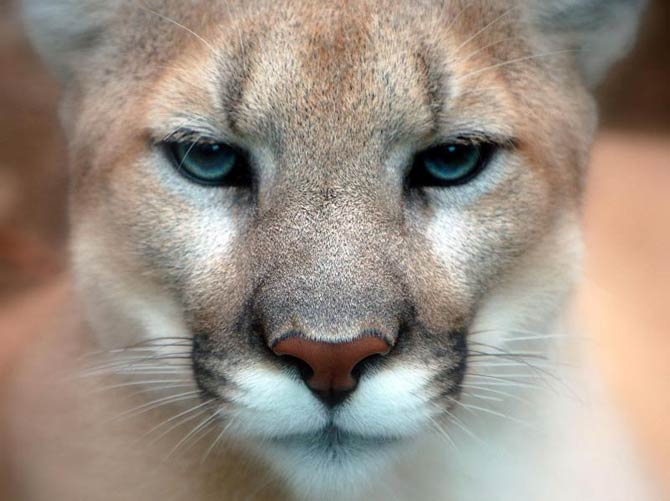
To answer these questions and more, we dive deep into the world of the cougar. From their hunting strategies and social behaviors to their impressive physical abilities and unique adaptations, we uncover the secrets of one of the most fascinating and enigmatic creatures of the animal kingdom.
Join us on an adventure through the wilds of North and South America, as we discover the remarkable world of the cougar – a creature that has captured the hearts and imaginations of people around the world for centuries.
Classification
- Kingdom: Animalia
- Phylum: Chordata
- Class: Mammalia
- Order: Carnivora
- Suborder: Feliformia
- Family: Felidae
- Subfamily: Felinae
- Genus: Puma
- Species: Puma concolor

Characteristics
The cougar, also called the puma, is a large cat living in the forests and steppes of the Americas. This animal feels as well in the Rocky Mountains as in Argentine pampas or in the dense Amazon rainforest. Just like other animals found in a large area, the size of individual cougar species, depends on the climate. The smallest pumas are found mainly in the equatorial regions, the largest in the south of Canada – the northernmost part of the animal’s range.
Pumas are extremely agile and vigorous. They are extremely powerful, climbing trees with equal ease and jumping long distances in pursuit of their prey. Pumas are daytime solitary hunters, who only join in pairs during the breeding season.
The list of prey of a puma is long – the cat is considered to be a very efficient predator. In most areas its main food is deer, but sometimes it hunts hares, coyotes or young bears. It also attacks pets, even such as dogs and horses. Since the cougar does great damage to sheep and cattle farms, it has been completely eradicated in some areas.
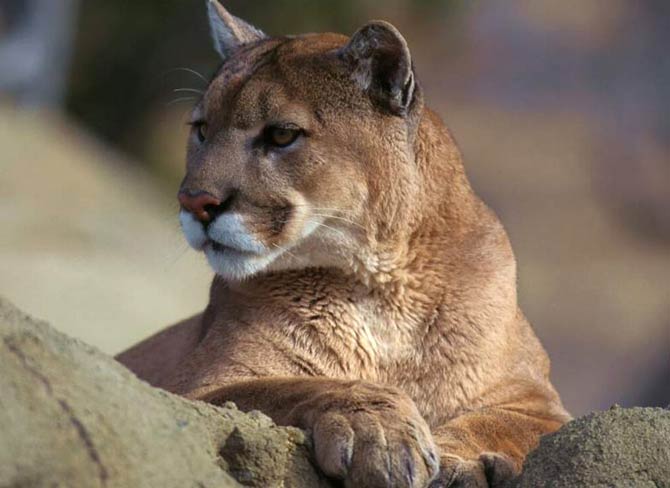
Appearance
The coat is short, dense and monochrome, but the color tone is very variable. Most common are yellow-brown to reddish brown and silver-grey pumas; the chin and chest as well as the entire underside are always white. The tip of the tail is dark. Newborn pumas are beige and heavily spotted; the spotting fades during the first year of life. Pumas have five toes on the front paws and four on the hind paws. They can retract their claws.
Size
Although the puma is taxonomically not assigned to the big cats but to the small cats, it is nevertheless the fifth largest cat in the world (after tiger, lion, jaguar and leopard). The pumas native around the equator are the smallest forms, while those in the extreme north and south of the distribution area are the largest.
Its shoulder-height amounts approximately 60 to 90 cm, the head-torso-length amounts with males 105 to 195 cm, with females however only 95 to 151 cm. In addition there is the tail with a length between 60 and 97 cm.
The weight of the males varies, depending on the habitat, between 53 kg and 72 kg, in more northern distribution areas it is about 100 kg. Females usually weigh between 34 kg and 48 kg. For an extremely large male, a record weight of over 125 kg has also been reported.

Lifespan
Cougars reach an age of 8 to 13 years in the wild. In captivity they can be over 20 years old; a North American puma called Scratch has reached almost 30 years of age.
Subspecies
In the course of time, up to 32 subspecies of the cougar have been described. According to molecular genetics, however, there are only 6 subspecies that are compatible with the genetic findings. All pumas of North America hardly differ genetically from each other and represent a largely homogeneous population. The populations of Central and South America show a greater variability.
These findings are attributed to the fact that the ancestors of the North American pumas only immigrated from South America about 10,000 years ago at the end of the last ice age. Since several large animal species became extinct in America at the same time, it is assumed that the puma suffered the same fate in North America, but that it was able to survive in South America and then advanced northwards again.
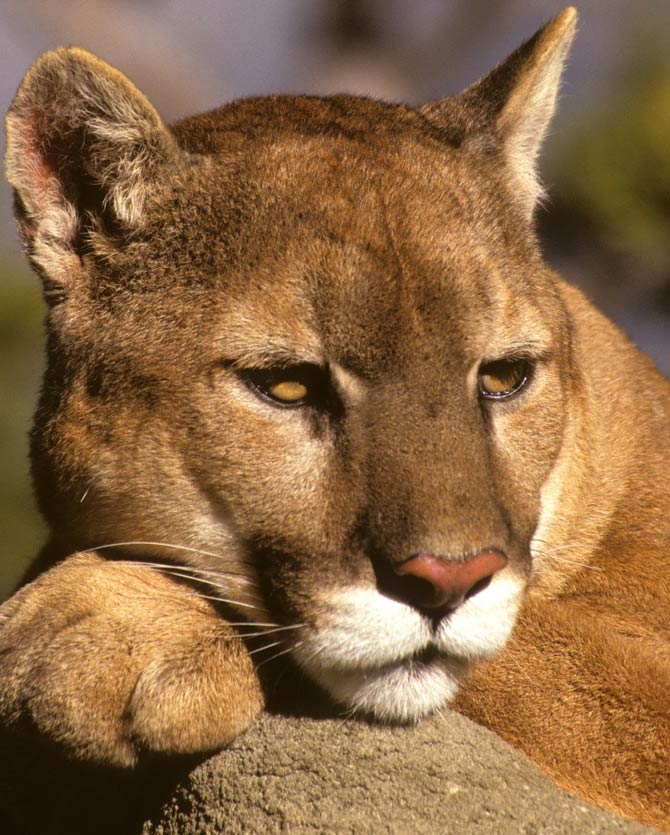
Subspecies:
- P. c. concolor includes the synonyms bangsi, incarum, osgoodi, soasoaranna, sussuarana, soderstromii, suçuaçuara, and wavula
- P. c. puma includes the synonyms araucanus, concolor, patagonica, pearsoni, and puma
- P. c. couguar includes arundivaga, aztecus, browni, californica, floridana, hippolestes, improcera, kaibabensis, mayensis, missoulensis, olympus, oregonensis, schorgeri, stanleyana, vancouverensis, and youngi
- P. c. costaricensis
- P. c. anthonyi includes acrocodia, borbensis, capricornensis, concolor, greeni, and nigra
- P. c. cabrerae includes hudsonii and puma
- In 2006, the Florida panther was still referred to as a distinct subspecies P. c. coryi in research works.
In 2017, the Cat Classification Taskforce of the Cat Specialist Group recognizes only two subspecies as valid:
- P. c. concolor in South America, possibly excluding the region northwest of the Andes
- P. c. couguar in North and Central America, and possibly northwestern South America.
Florida panther (Puma concolor coryi)
About 88% of pumas in this subspecies have an unusual trait – a broken tail. Although it looks a bit funny, the reasons for this deformation should not be of any kind to anyone. Florida panther is one of the most sick animals. The reason for this phenomenon is very low genetic diversity, mainly caused by human activity. We recommend a separate article on this beautiful Panther cat from Florida.

Detailed data / dimensions (size)
Puma (Puma concolor)
- Length with tail: 150 to 275 cm (4.9 to 9.0 ft)
- Average males: 245 cm (7.9 ft)
- Average females: 205 cm (6.7 ft)
- Height at the shoulders: 60 to 90 cm (24 to 35 in)
- Tail length: 63 to 95 cm (25 to 37 in)
- Weight:
- Males: 53 – 100 kg (117 – 220 lb), average 68 kg (150 lb)
- Females: 29 – 64 kg (64 – 141 lb), average 55 kg (121 lb)
- The record individual shot weighed 105.2 kg (232 lb); There are reports of pumas weighing 118 kg (260 lb) and 125.2 kg (276 lb), but these cougars have not been verified
- Top speed: 65 – 80 km/h (40 and 50 mph)
- Lifespan: up to 13 years in the wild, in captivity over 20 years
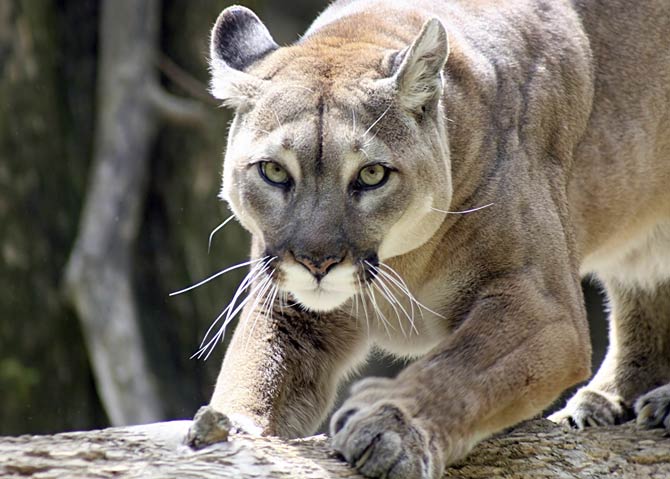
Cougar (Puma) interesting facts
- Puma is the largest meowing cat.
- This cat can jump high up to 5.5 meters
- Puma can jump up to 12 meters.
- Pumas can drag slaughtered animals three times their weight.
- Many years of observations confirm that pumas do not attack humans. Even if provoked, Pumas always run away. However, a few confirmed cases of such attacks are known.
- Captured puma kittens are very easy to tame.

Recommended
- Asian golden cat
- Lion vs tiger
- Tsavo lions
- Barbary lion
- Siberian tiger
- Bengal tiger
- Sumatran tiger
- Indochinese tiger
- Malayan tiger
- Tigers
- White tigers
- Lions
- White lions
- Liger
- Animal fights
- American lion
- European cave lion
- Smilodon – Saber-toothed tiger
- Big cats
- Black panther
- Leopard
- Snow leopard
- African Lion
- Fastest animals
- Fastest birds

